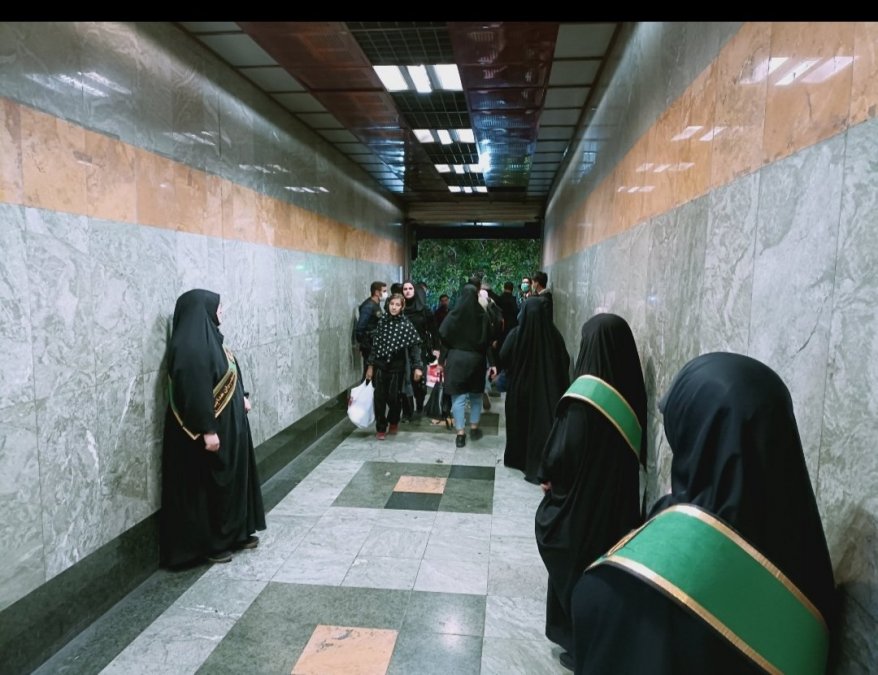How does the punishment of women for their hijab contribute to societal reform, as claimed by Etemad newspaper?
Truly, at a time when hundreds of blatant and major violations occur in this country, one example being one of the biggest economic corruptions, has the implementation of this punishment contributed to societal reform?
The title of an article by Seyyed Hassan Eslami Ardekan, published in Etemad newspaper, is ‘Condition for the Impact of Enjoining Good and Forbidding Evil’. In a part of it, I read a report last week about the punishment of someone who was sentenced to 74 lashes for inappropriate behavior. In this short report, which has not been denied, one striking point is that the person enters the place of execution without a headscarf and leaves in the same manner after enduring the lashes.
According to Etemad, it adds that among the many questions regarding the implementation of this punishment, I highlight only one: what was the purpose of this punishment? Was the aim to teach others a lesson? Then they should have carried out this punishment in public. Or was the aim to deter others? In that case, there is no evidence of it. Truly, at a time when hundreds of blatant and major violations occur in this country, one example being one of the biggest economic corruptions, has the implementation of this punishment contributed to societal reform?
Persian
مشاهده این مقاله به زبان فارسی


